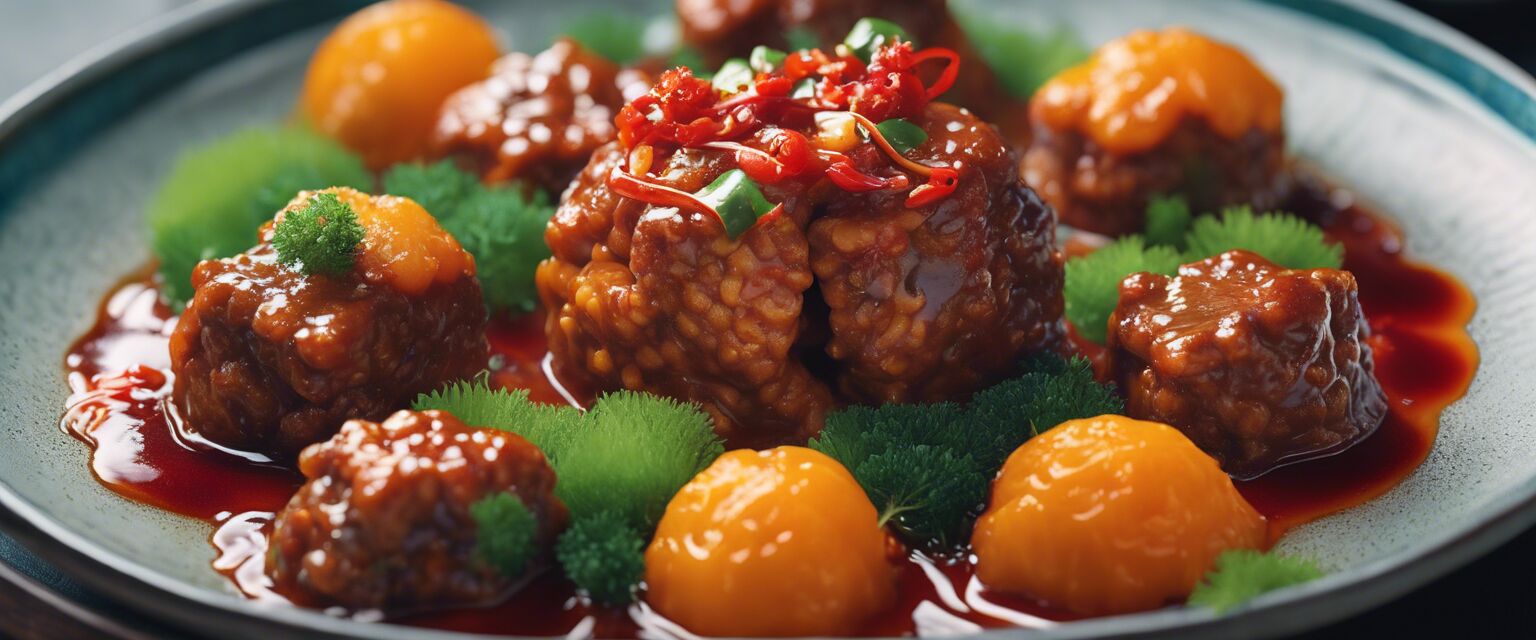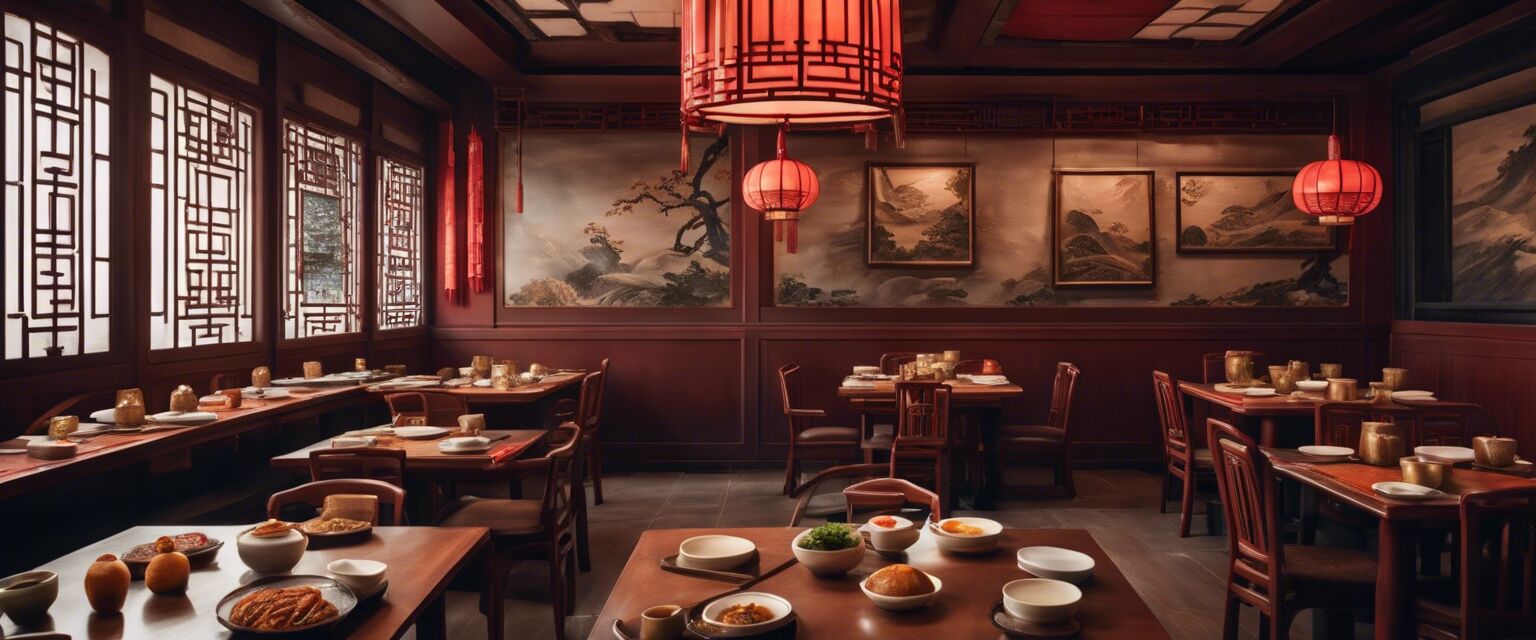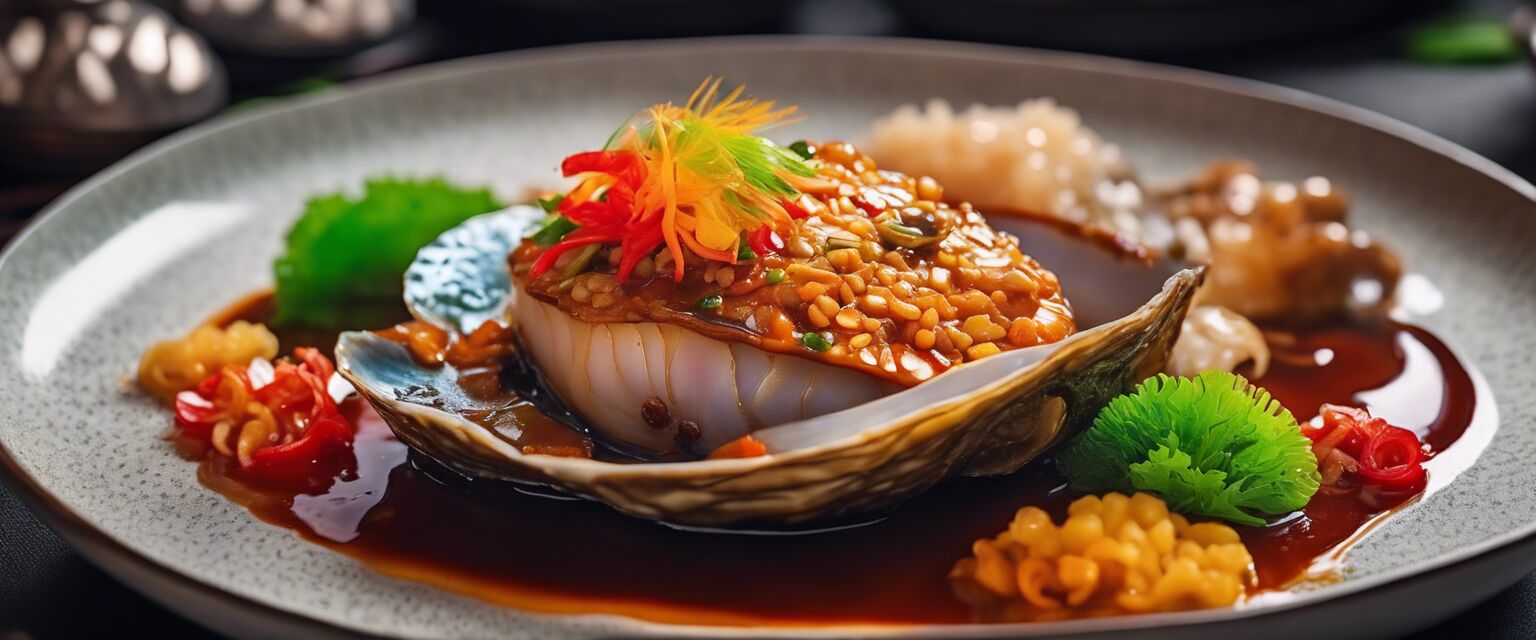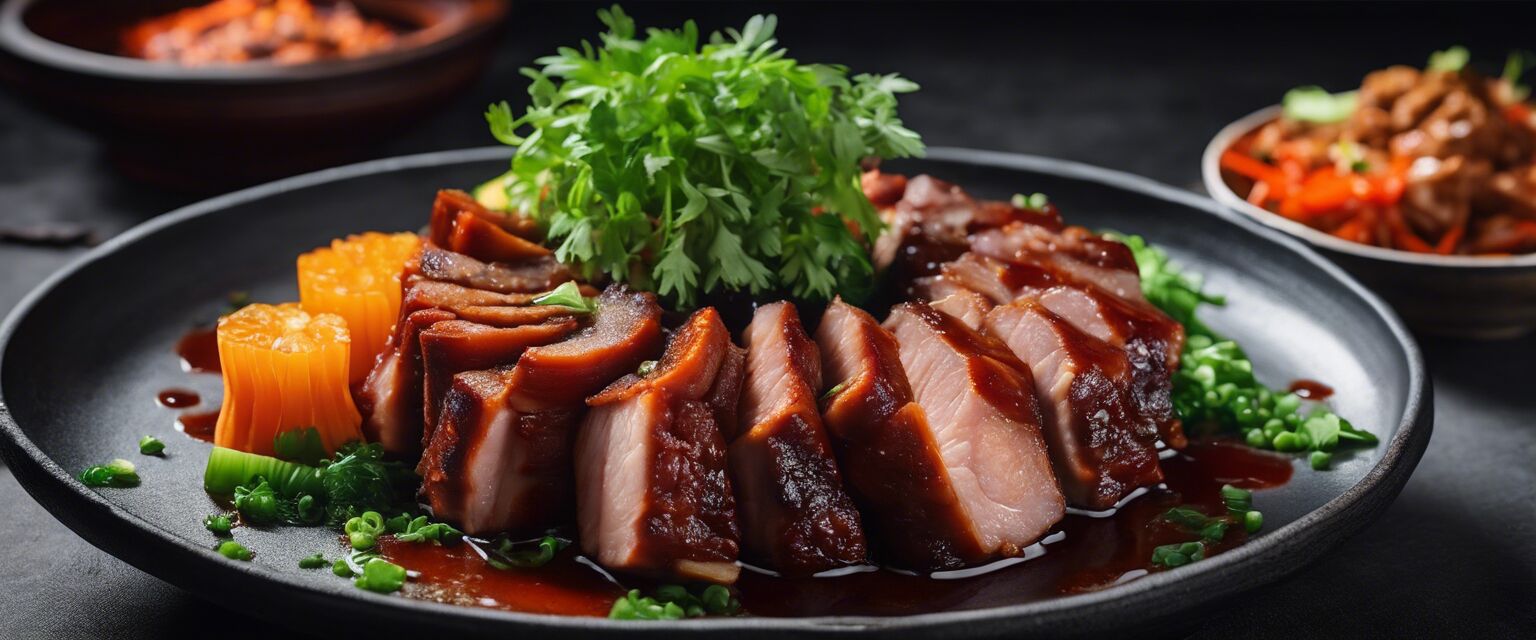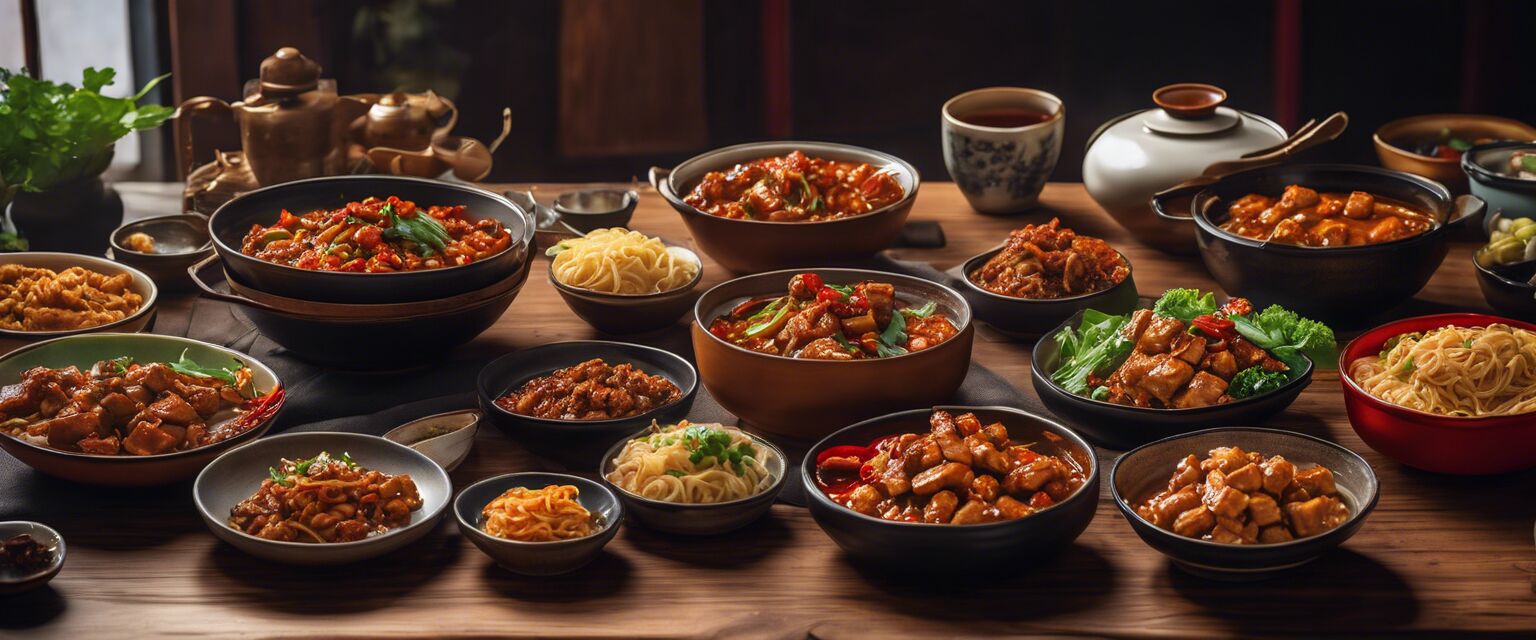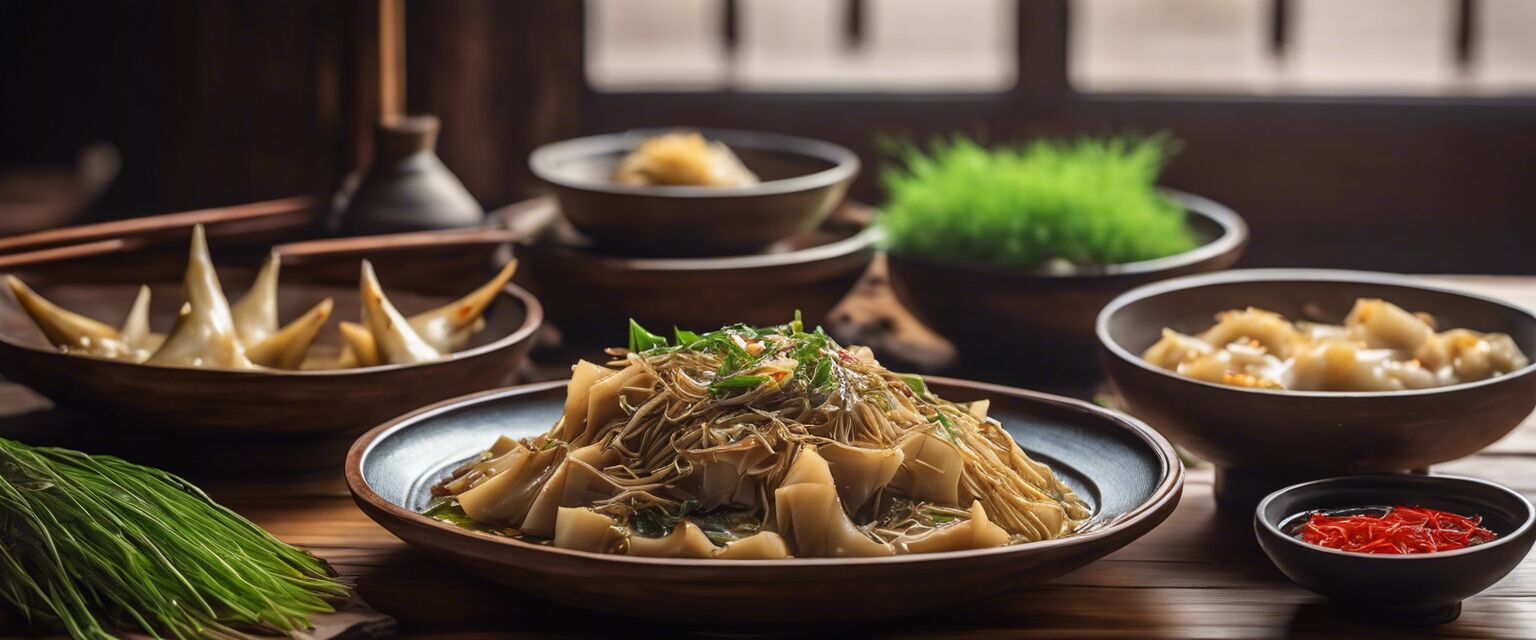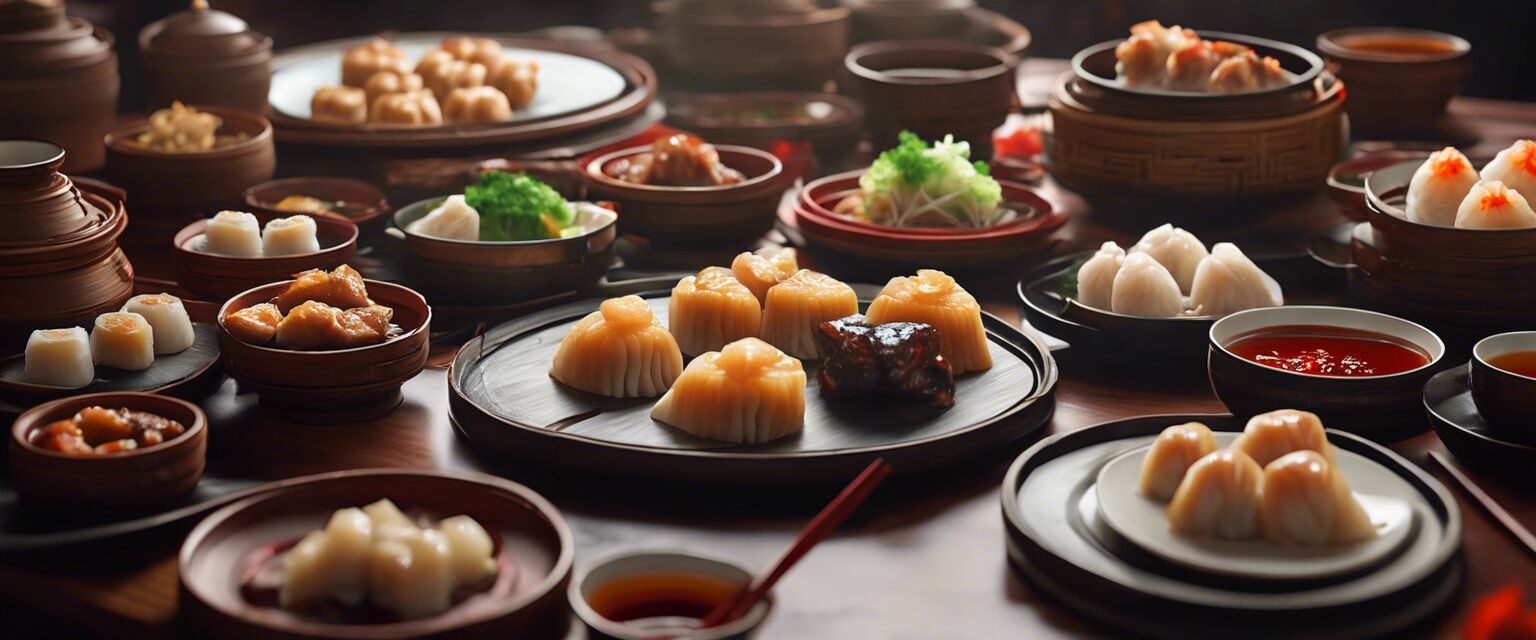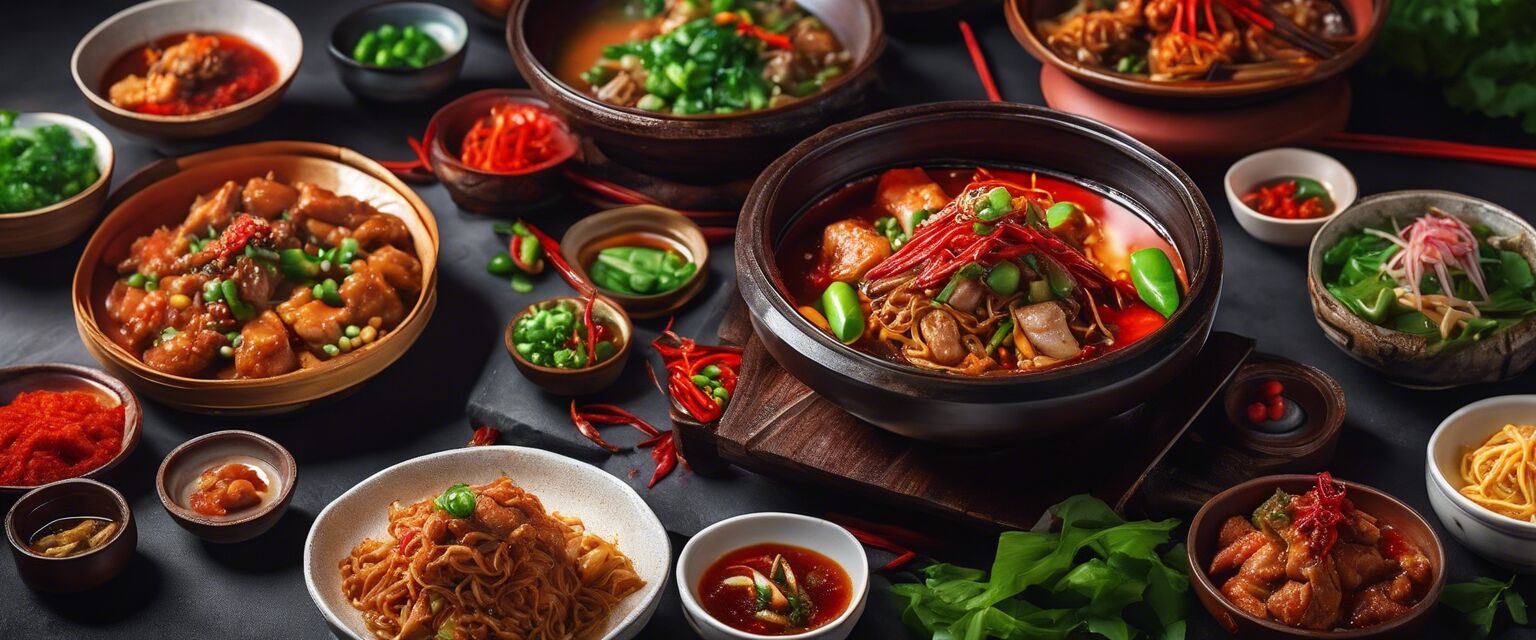
Hunan Cuisine
Key Takeaways
- Flavor Profile: Hunan cuisine is known for its hot and sour flavors, distinct from other Chinese regional cuisines.
- Popular Dishes: Dishes like General Tso's Chicken and Dong'an Chicken are classics that showcase Hunan's bold flavors.
- Cooking Techniques: Techniques such as stir-frying and smoking are often used to intensify flavors.
- Ingredients: Fresh peppers, garlic, and shallots are common, making the dishes vibrant and aromatic.
Hunan cuisine (æ¹è) is one of China's eight major culinary traditions. Bursting with flavor and known for its spiciness, Hunan dishes are often crafted using a blend of aromatic ingredients and unique cooking methods. This article will dive deep into the essence of Hunan cuisine, exploring its popular dishes, ingredients, and cooking styles. Whether you're an experienced chef or a cooking novice, this guide will enhance your understanding and appreciation of Hunan cuisine.
What Makes Hunan Cuisine Unique?
Hunan cuisine distinguishes itself through its use of fresh ingredients and its balanced hot and sour flavor profile. Unlike Sichuan cuisine, which often emphasizes numbness from Sichuan peppercorn, Hunan dishes focus more on the vibrant heat from fresh chili peppers. The bottom line is, Hunan food isnât just spicy; itâs about layers of flavors and techniques that bring out the dish's best qualities.
Key Ingredients in Hunan Cuisine
| Ingredient | Description |
|---|---|
| Chili Peppers | Fresh and dried chili peppers are fundamental, used to create a signature heat. |
| Garlic | Garlic adds a strong aroma, enhancing many dishes. |
| Shallots | Shallots provide a mild sweetness, balancing out spiciness. |
| Pickled Vegetables | Pickled ingredients are often used for added texture and flavor. |
| Fresh Herbs | Herbs like cilantro and scallions are commonly used for garnish and added freshness. |
Popular Hunan Dishes
Here are some must-try dishes that perfectly represent Hunan cuisine:
- General Tso's Chicken - Deep-fried chicken in a sweet and spicy sauce.
- Dong'an Chicken - A spicy stir-fry made with tender chicken pieces.
- Steamed Fish with Chili Sauce - Fresh fish garnished with vibrant chili sauce.
- Hunan Beef - Sliced beef stir-fried with hot peppers and garlic.
- Hot and Sour Soup - A traditional soup that captures the essence of Hunan flavors.

Cooking Techniques Used in Hunan Cuisine
In Hunan cuisine, various cooking techniques play an essential role in achieving the desired flavors and textures:
Stir-frying
Stir-frying at high heat helps to lock in flavors and maintain the freshness of the ingredients. This technique is fundamental in preparing many Hunan dishes.
Smoking
Smoking rice, meats, or vegetables adds depth to the flavors and creates a unique aromatic profile.
Steaming
Steaming is another popular method used to preserve the natural flavors of ingredients, often seen in fish dishes.
Tips for Cooking Hunan Cuisine at Home
Beginners Section
- Start with fresh ingredients as they provide the best flavor.
- Experiment with different types of chili peppers to find your preferred level of heat.
- Balance flavors by incorporating sweet, salty, and sour components in your dishes.
- Don't be afraid to be adventurous with herbs and spices to enhance aromas.
- Try cooking with a wok for an authentic experience.
Where to Find Hunan Cuisine Nearby
Many cities now feature Hunan restaurants; however, if you're looking to create these dishes at home, you can find various ingredients at local Asian grocery stores or online retailers. Explore our sections on Traditional Chinese Medicine, Herbal Teas, and Aromatherapy Oils to find flavors or enhancements that may complement your culinary experience.

Conclusion
Hunan cuisine stands out with its fiery flavors and rich culinary techniques. Whether you're savoring a plate of General Tso's Chicken or crafting your own version of Dong'an Chicken, the essence of Hunan will bring excitement to your dining table. With the tips provided, anyone can explore and enjoy this vibrant cuisine from the comfort of their kitchen!
Pros
- Unique flavor profiles that stand apart from other Chinese cuisines.
- Relatively easy to prepare at home with fresh ingredients.
- Variety of dishes to satisfy both spicy and mild preferences.
- Health benefits from the use of fresh vegetables and herbs.
Cons
- Some dishes may be too spicy for those unaccustomed to heat.
- Limited availability of specific Hunan ingredients in local stores.
- Can be time-consuming to prepare for larger gatherings.
